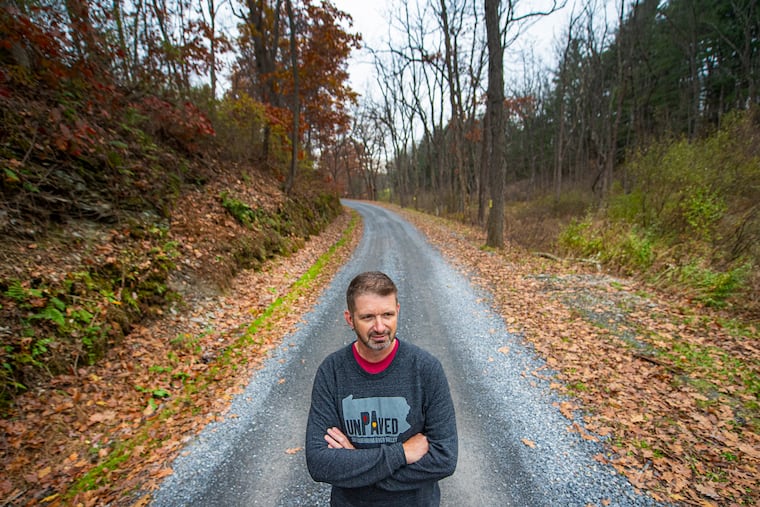How a rainy day and finicky fish launched a Pennsylvania program dedicated to unpaved roads.
Penn State's Center for Dirt and Gravel Studies, founded in 2001, has advised nearly every Pennsylvania county on project to protect waterways from unpaved road runoff.
